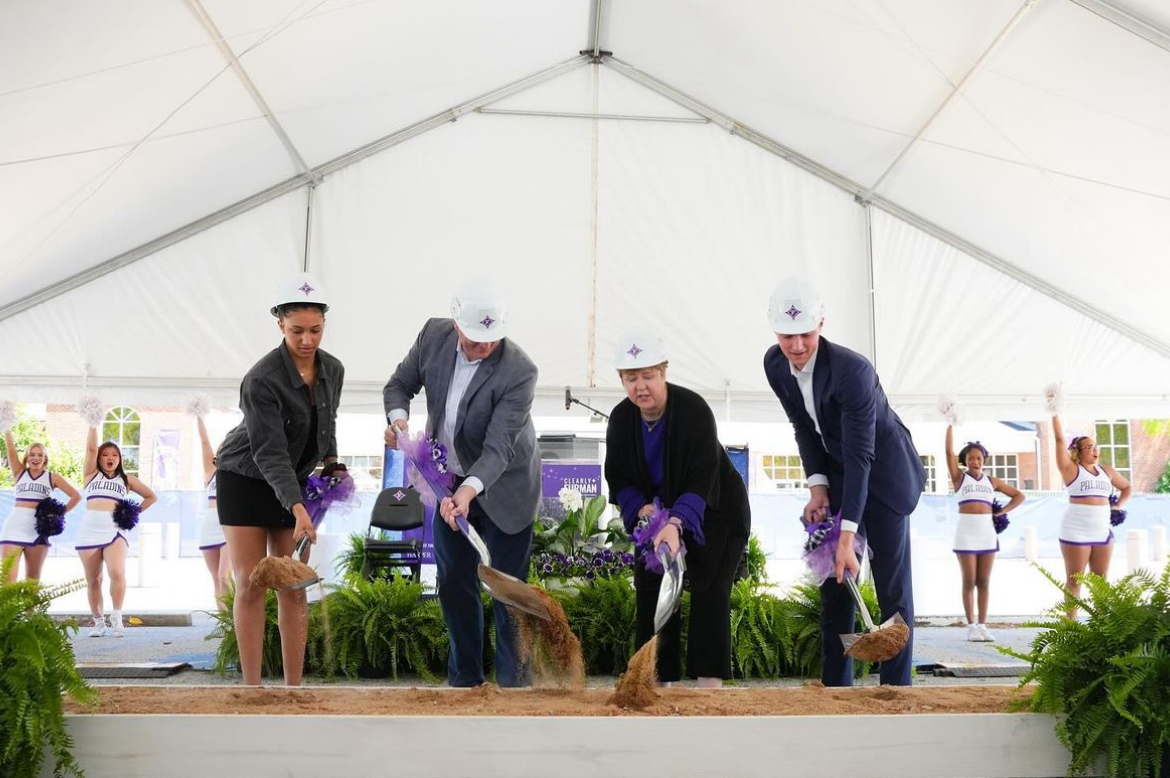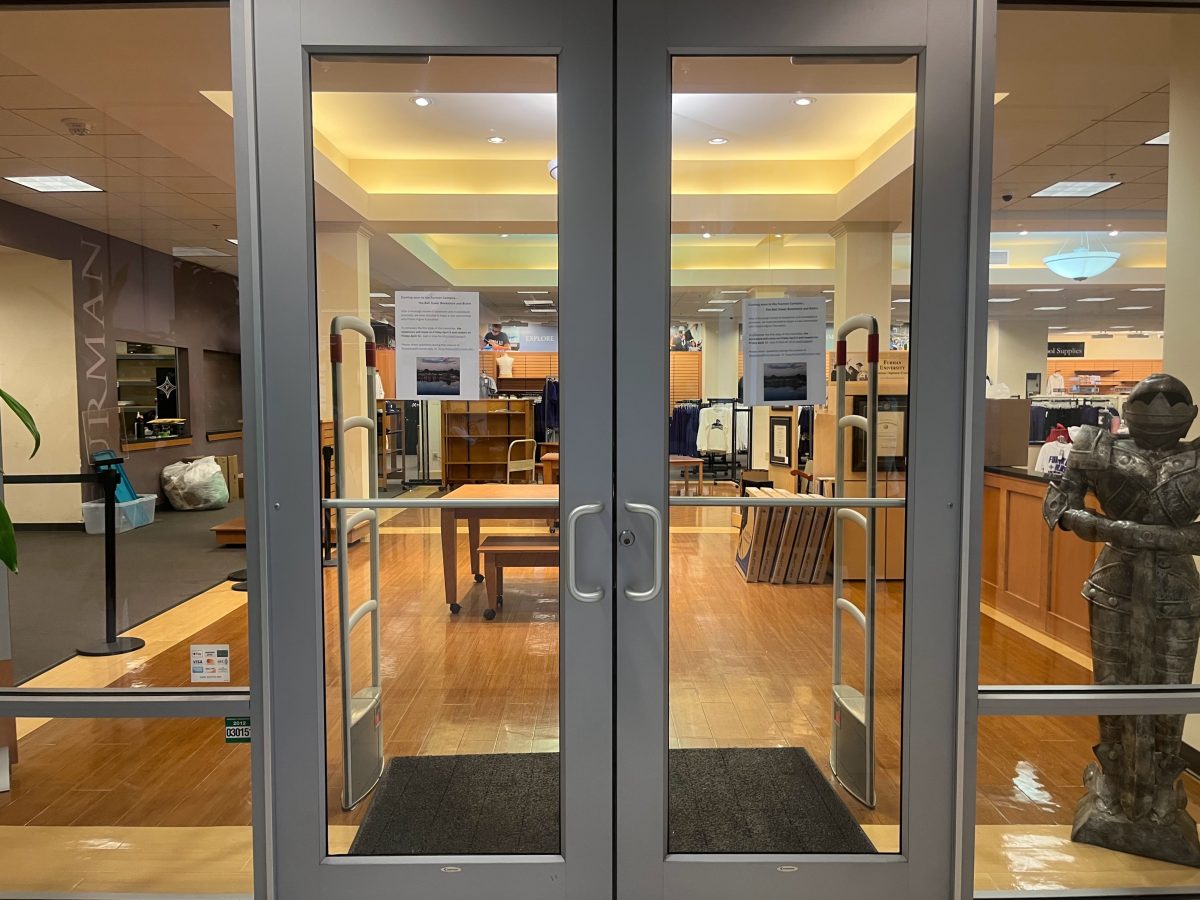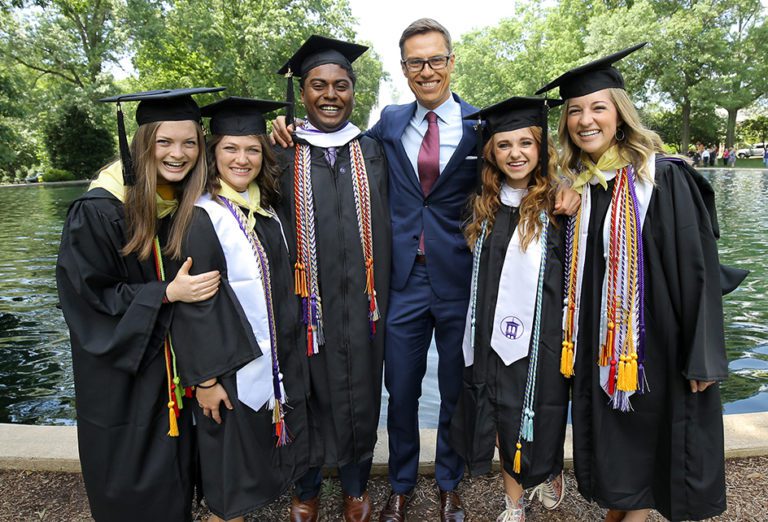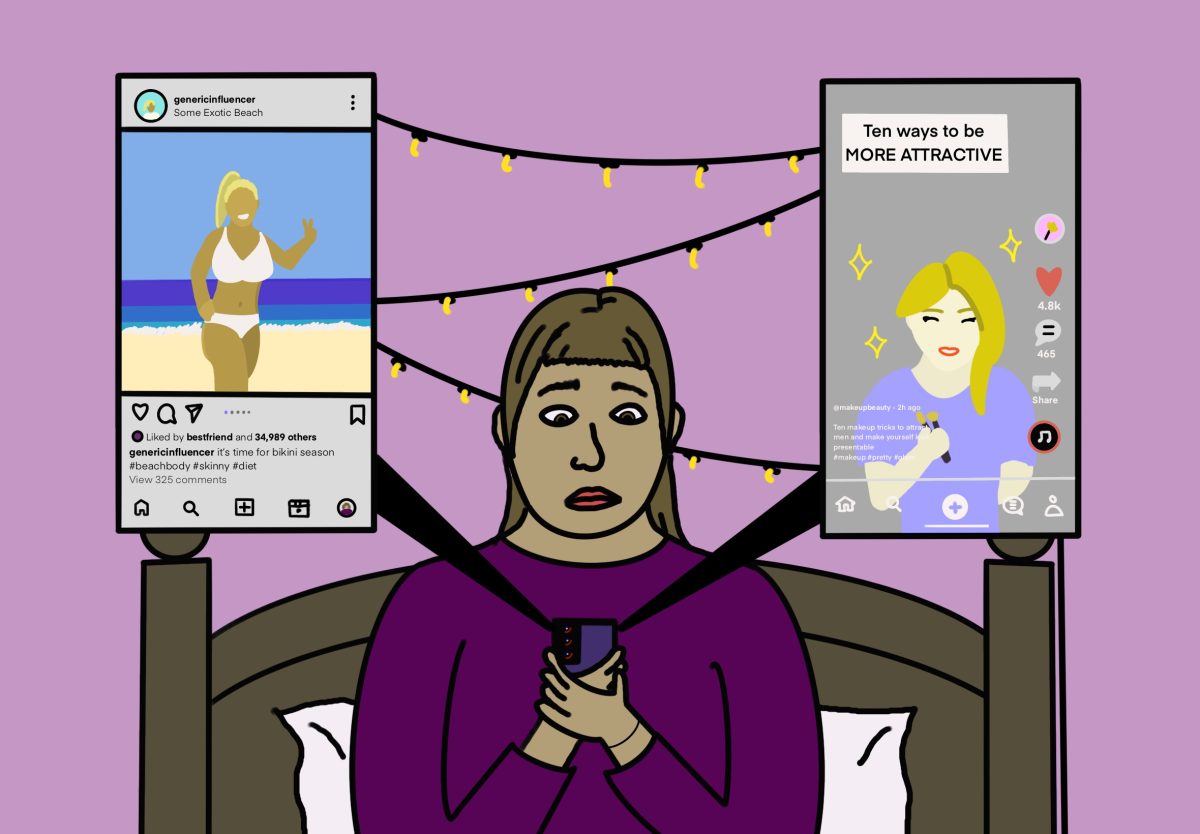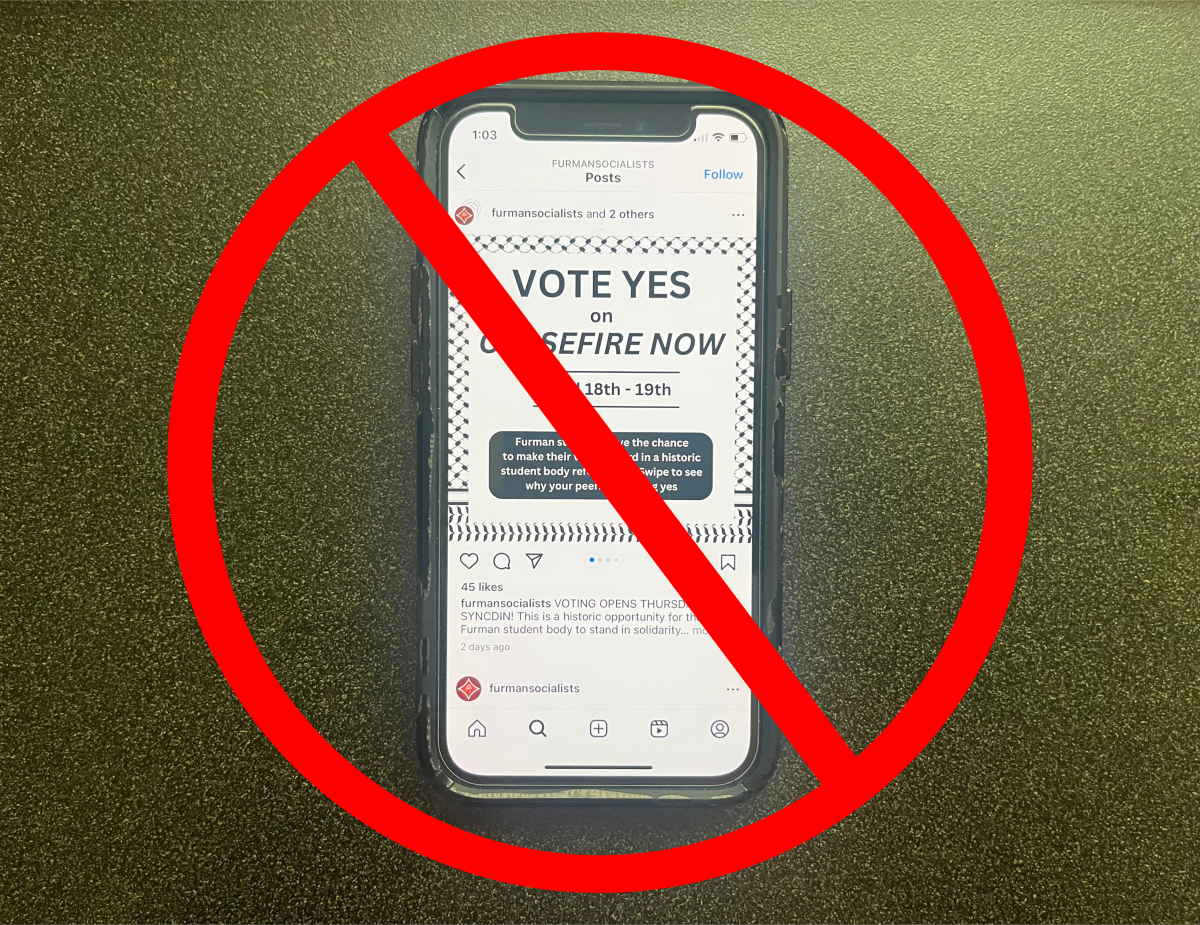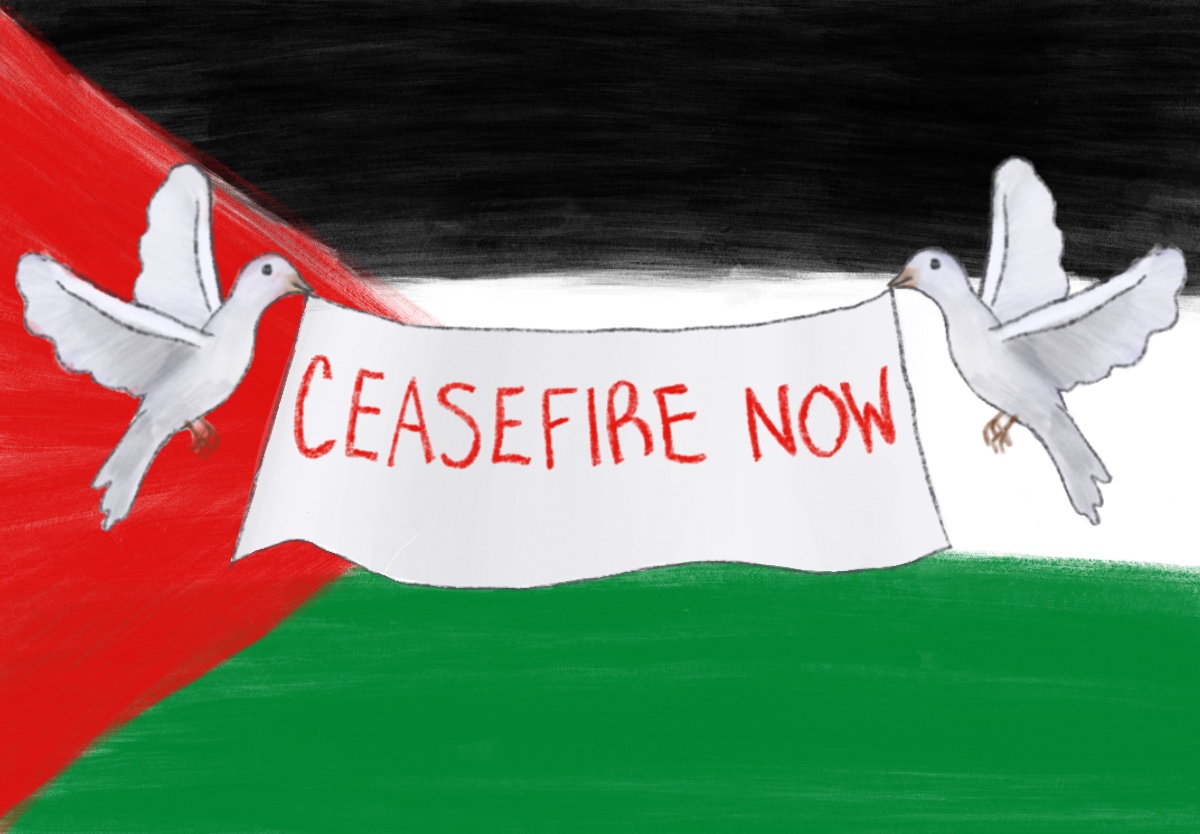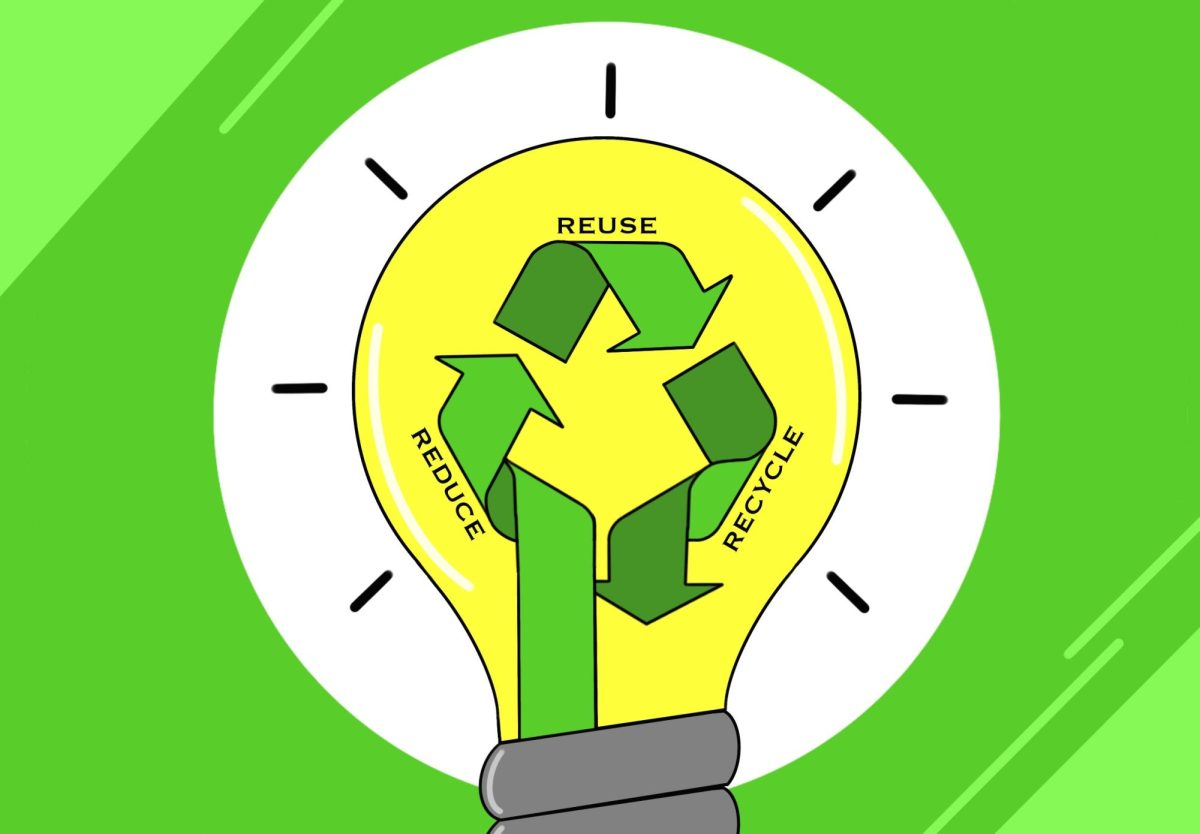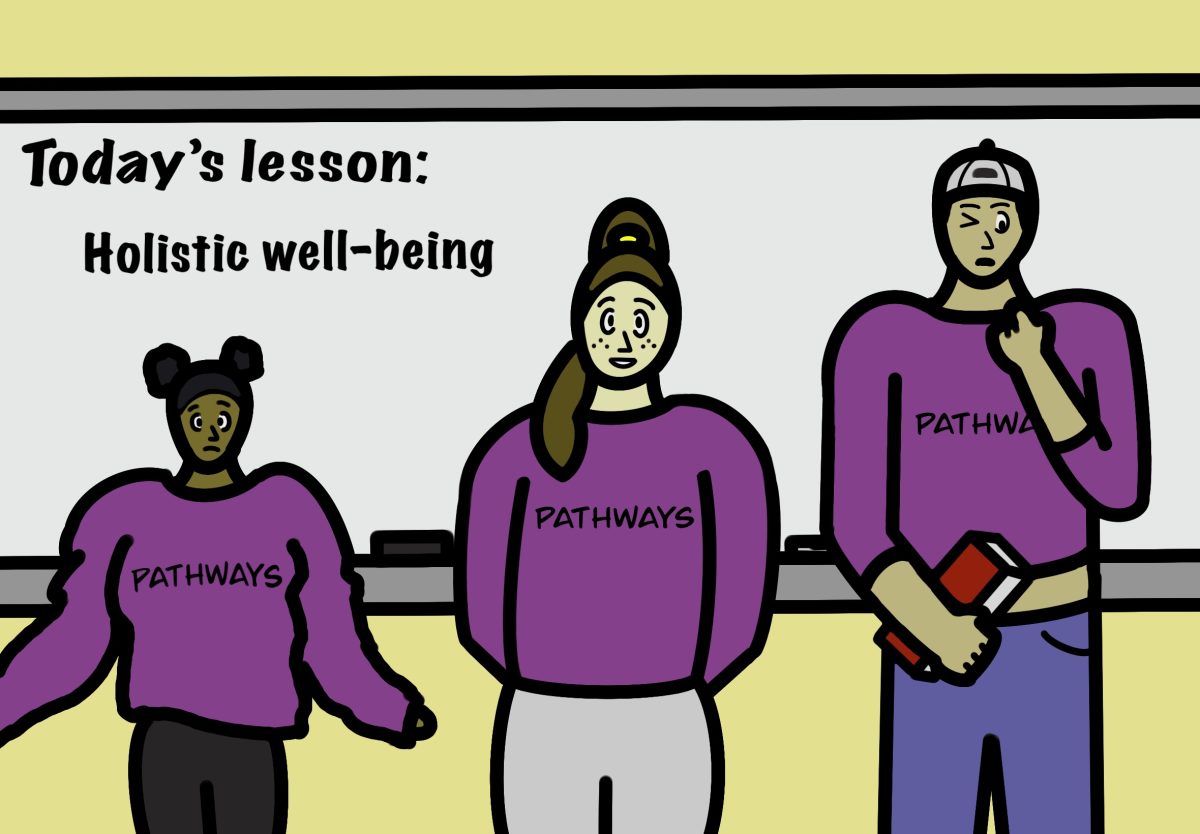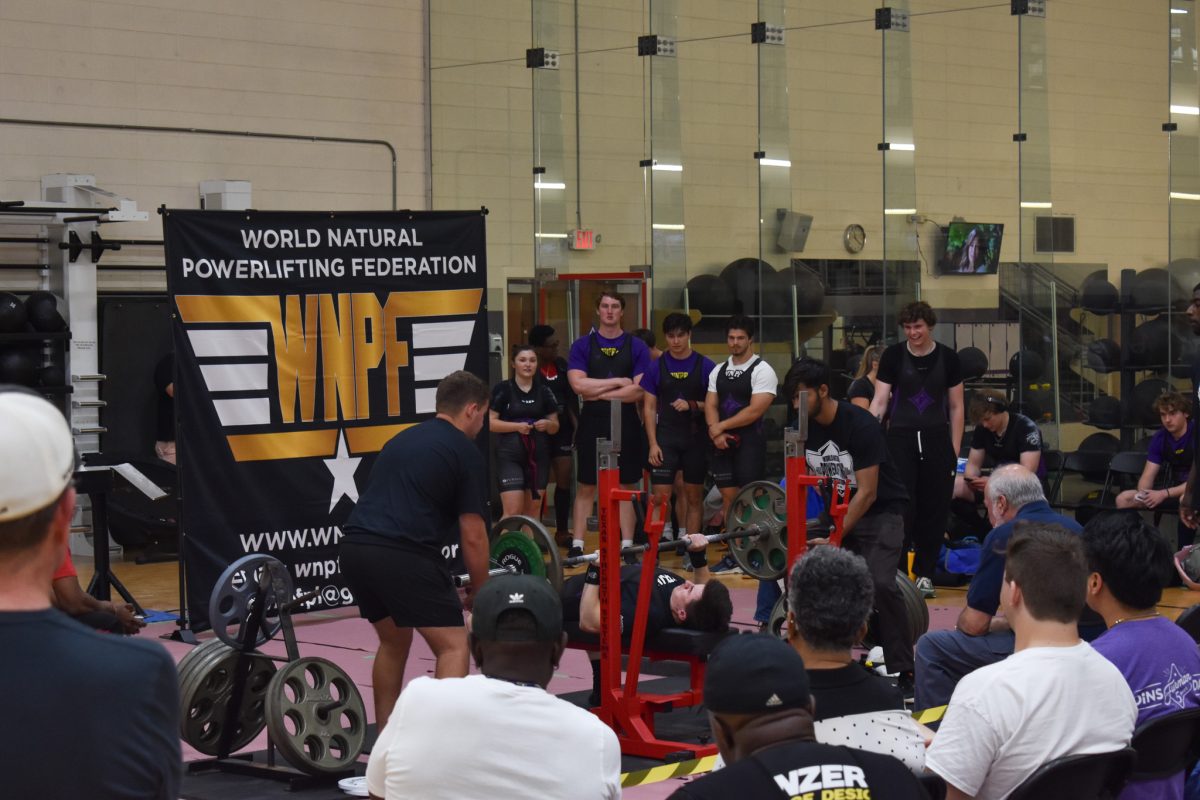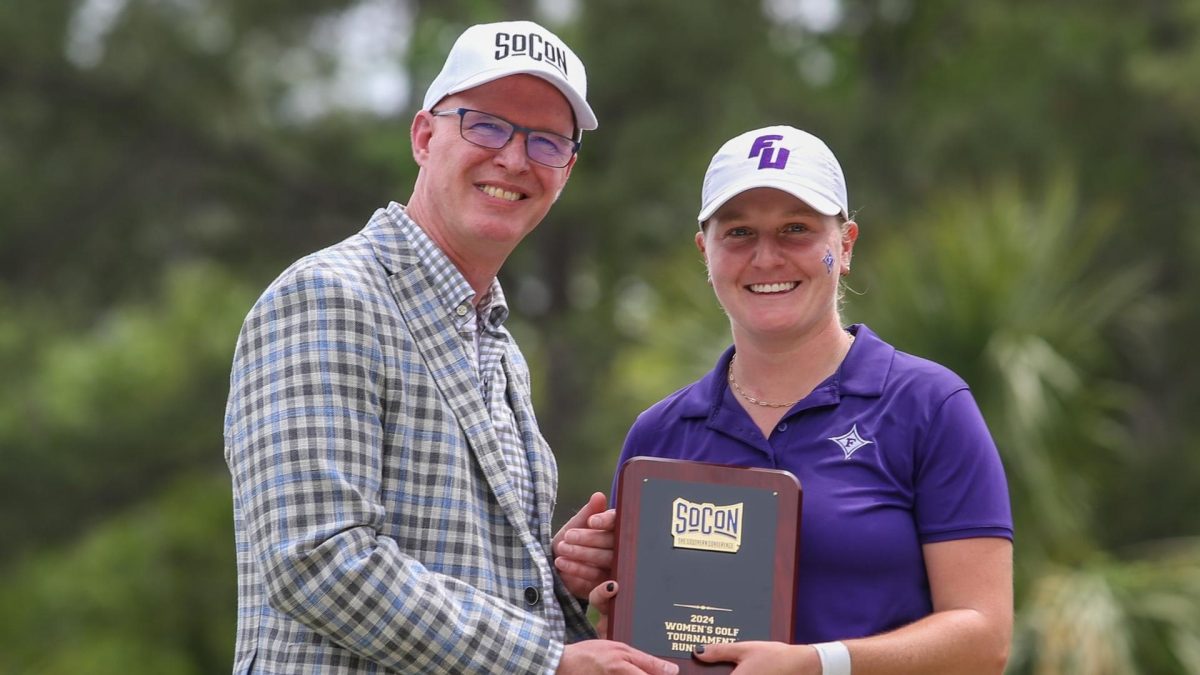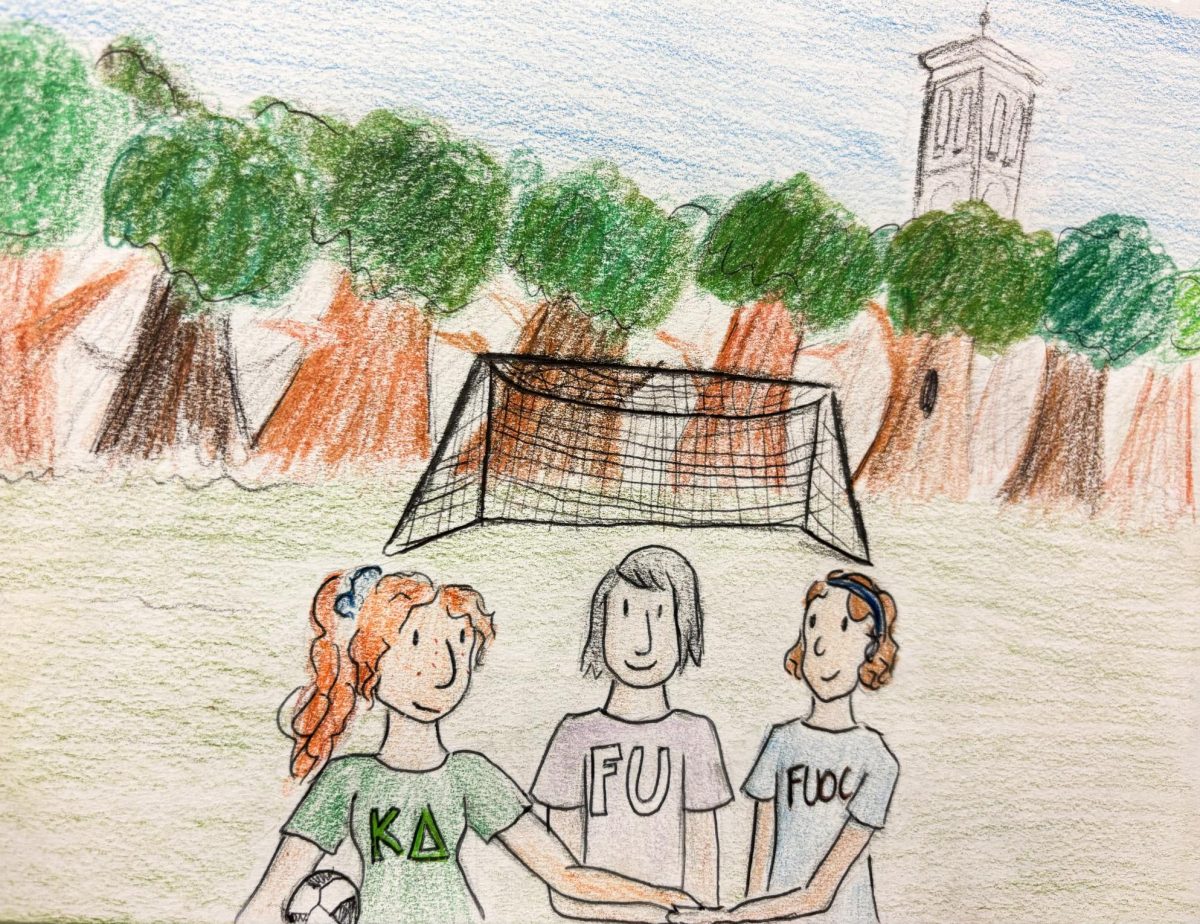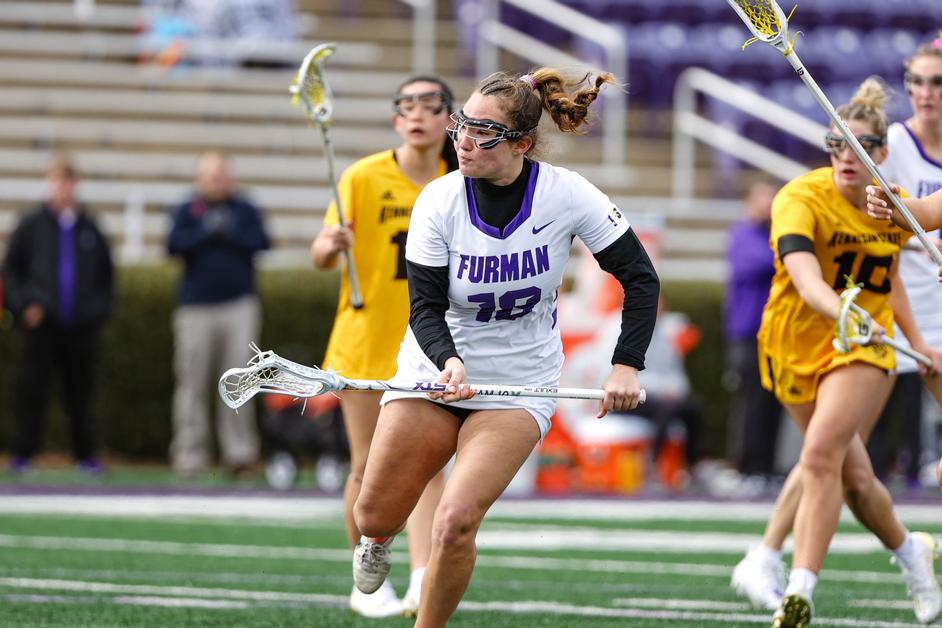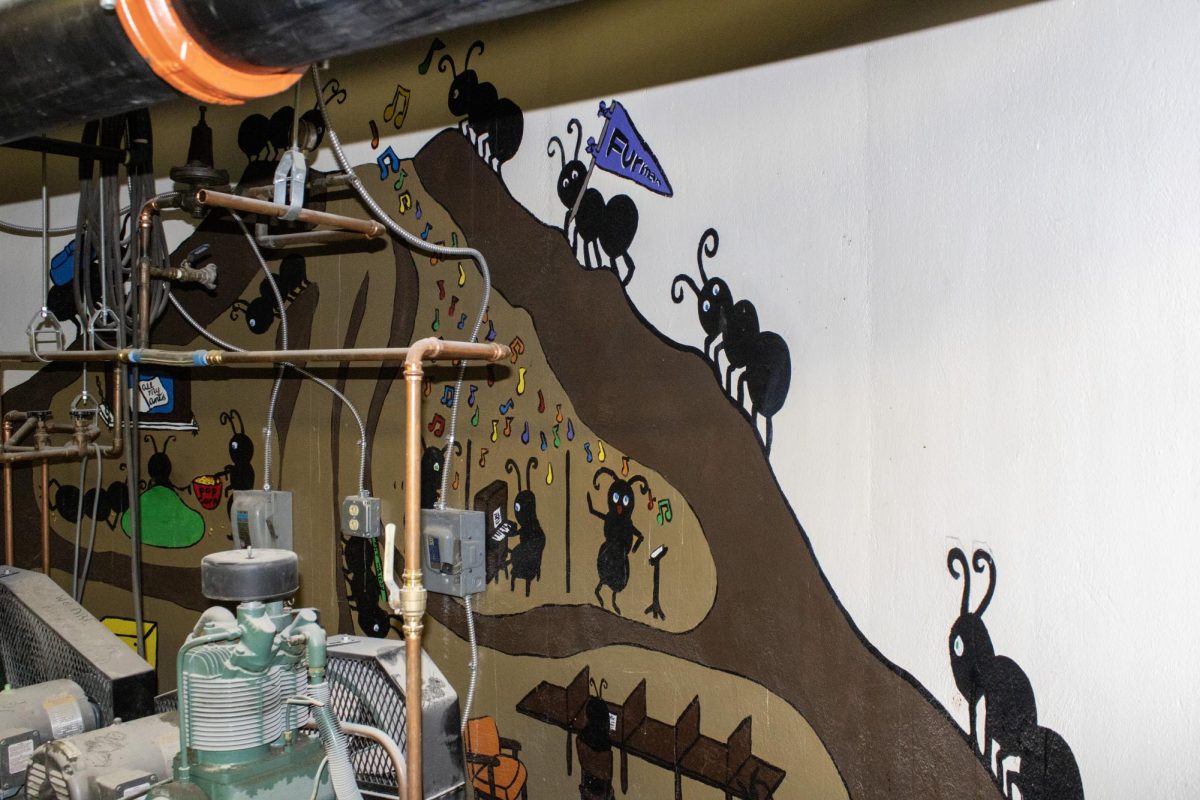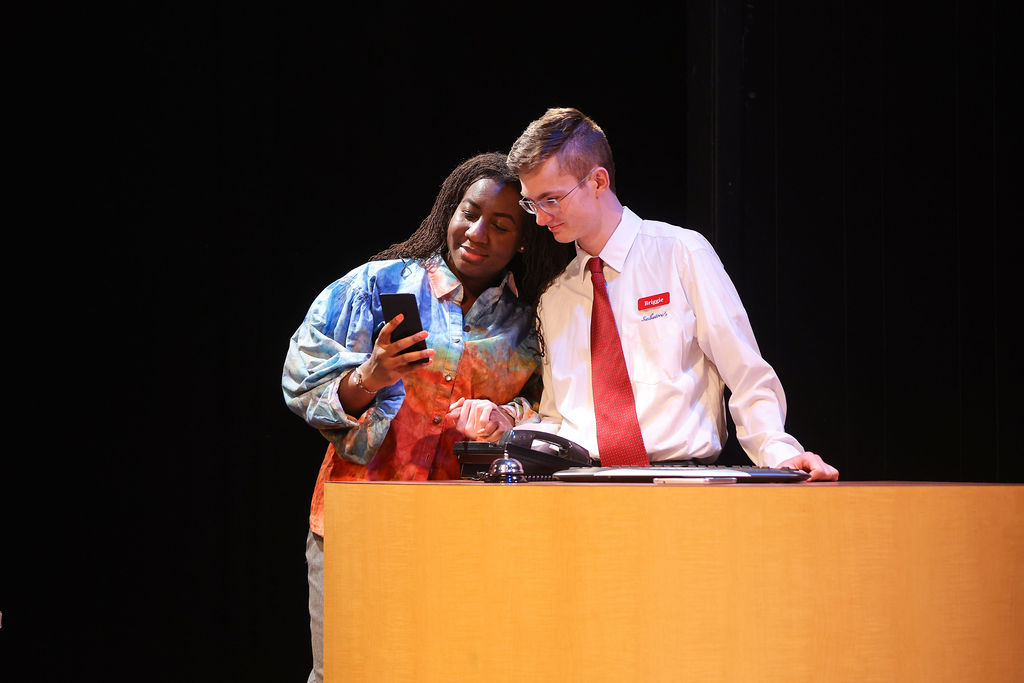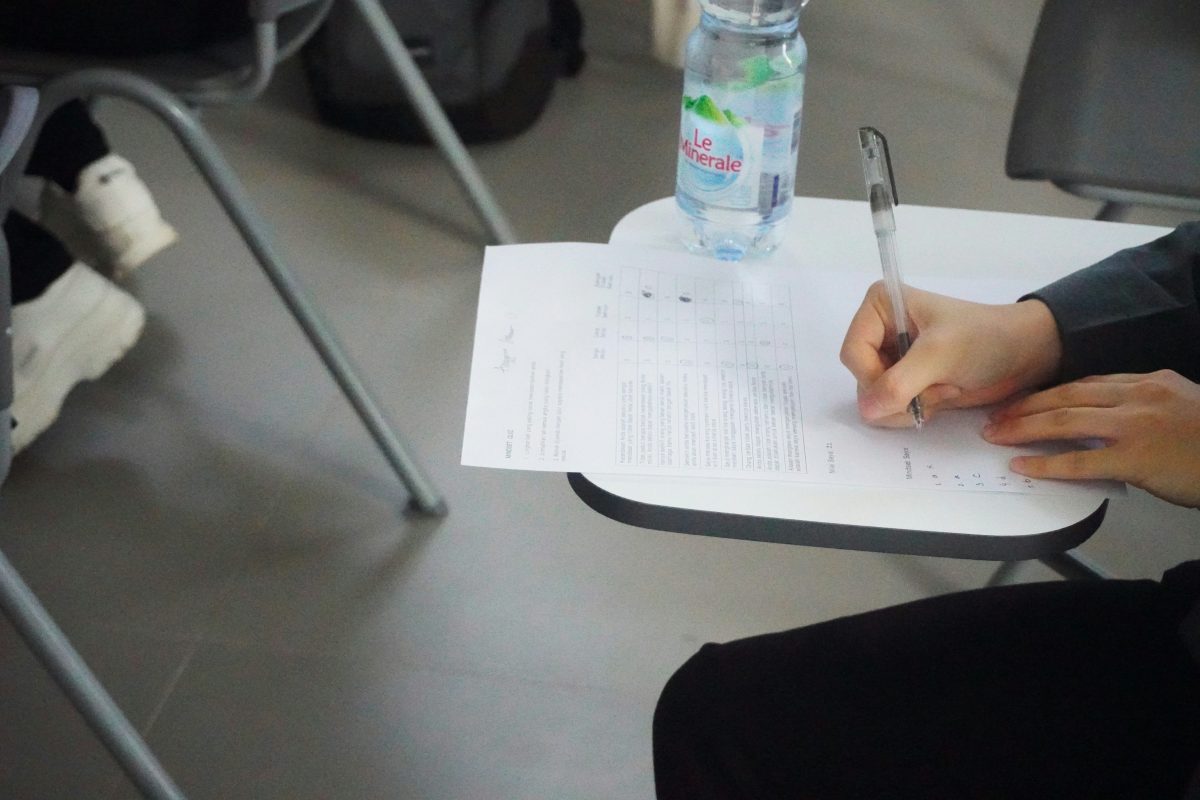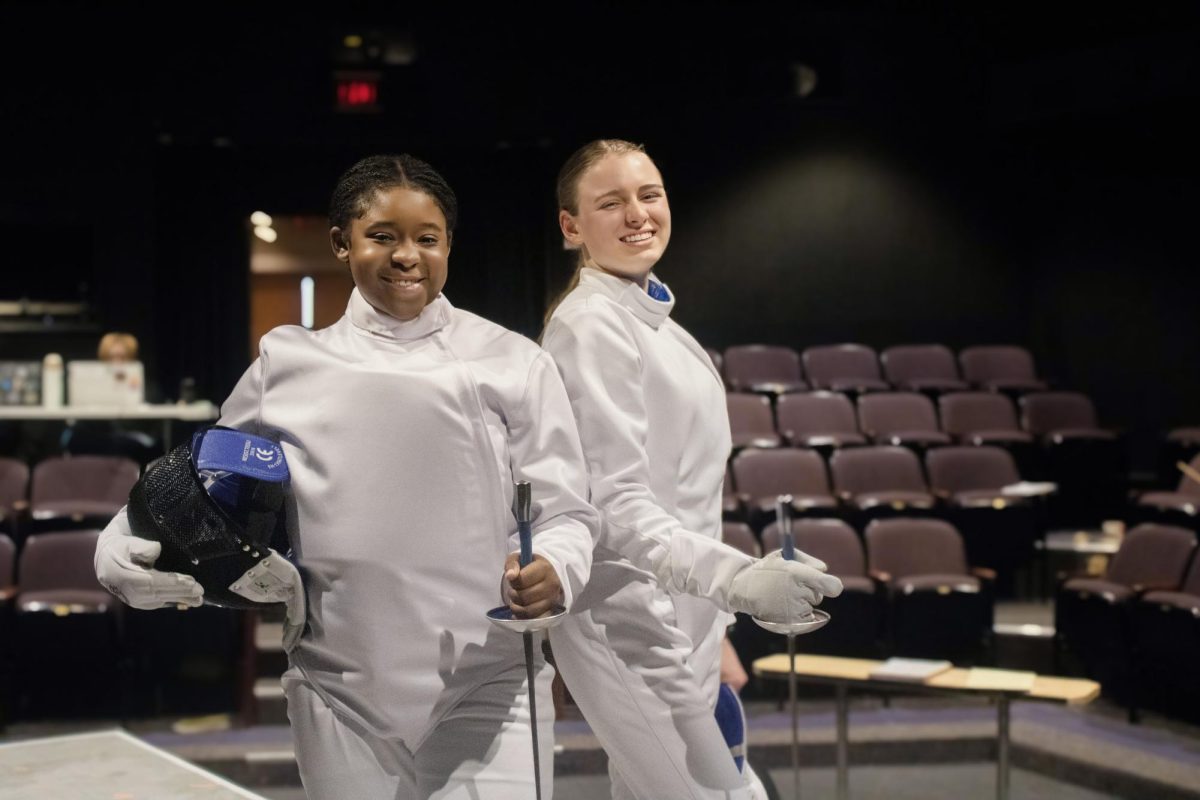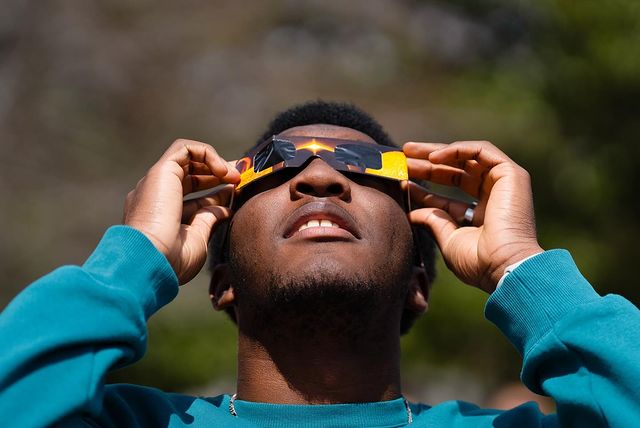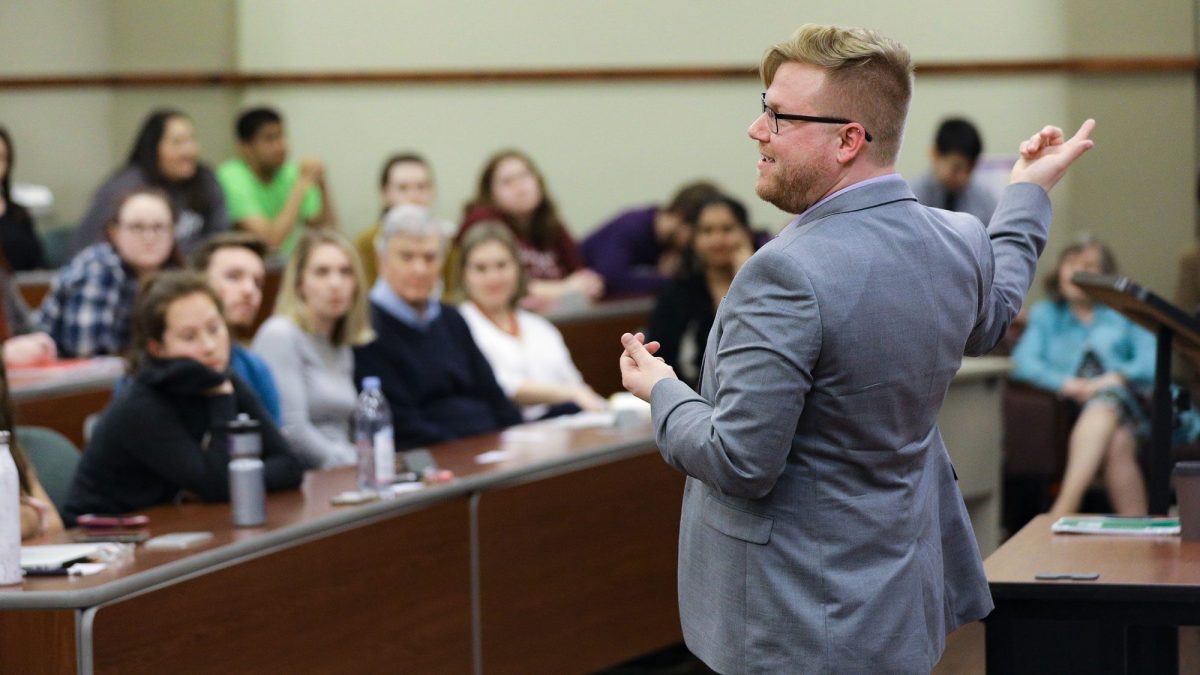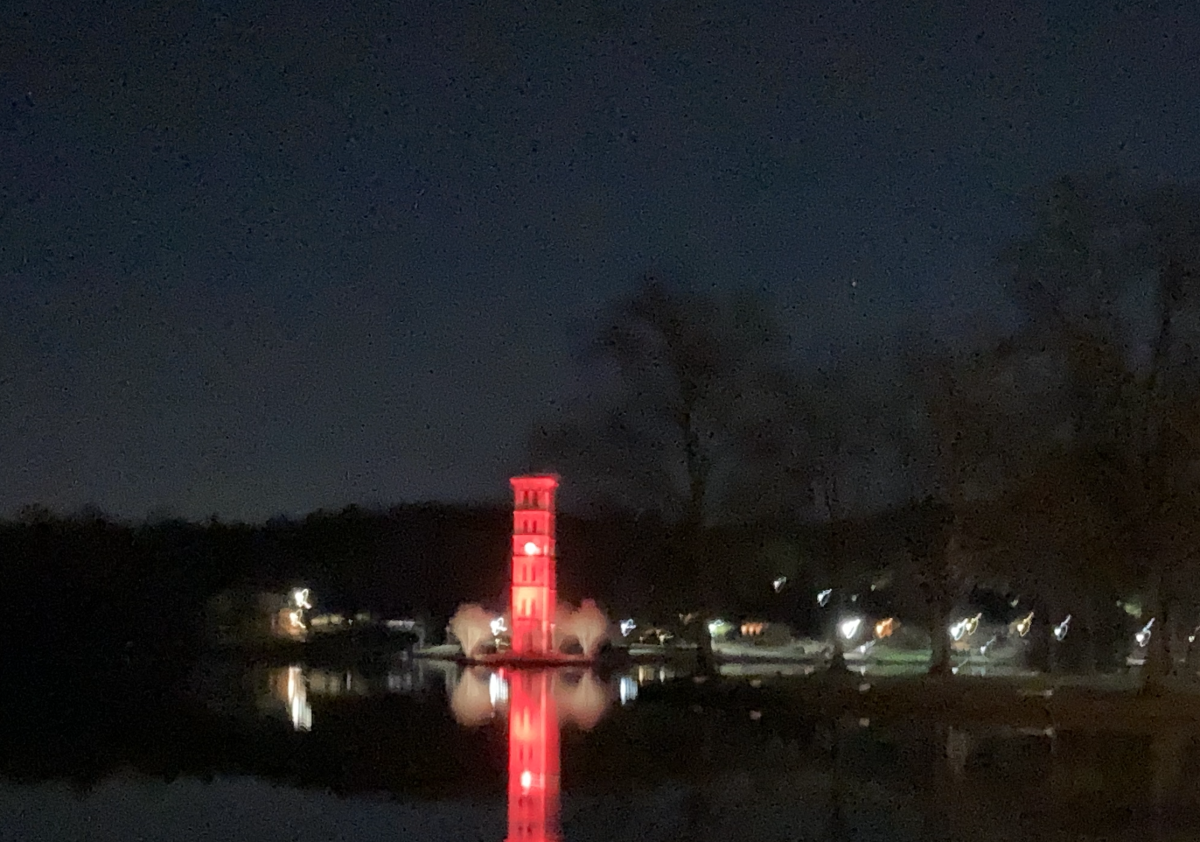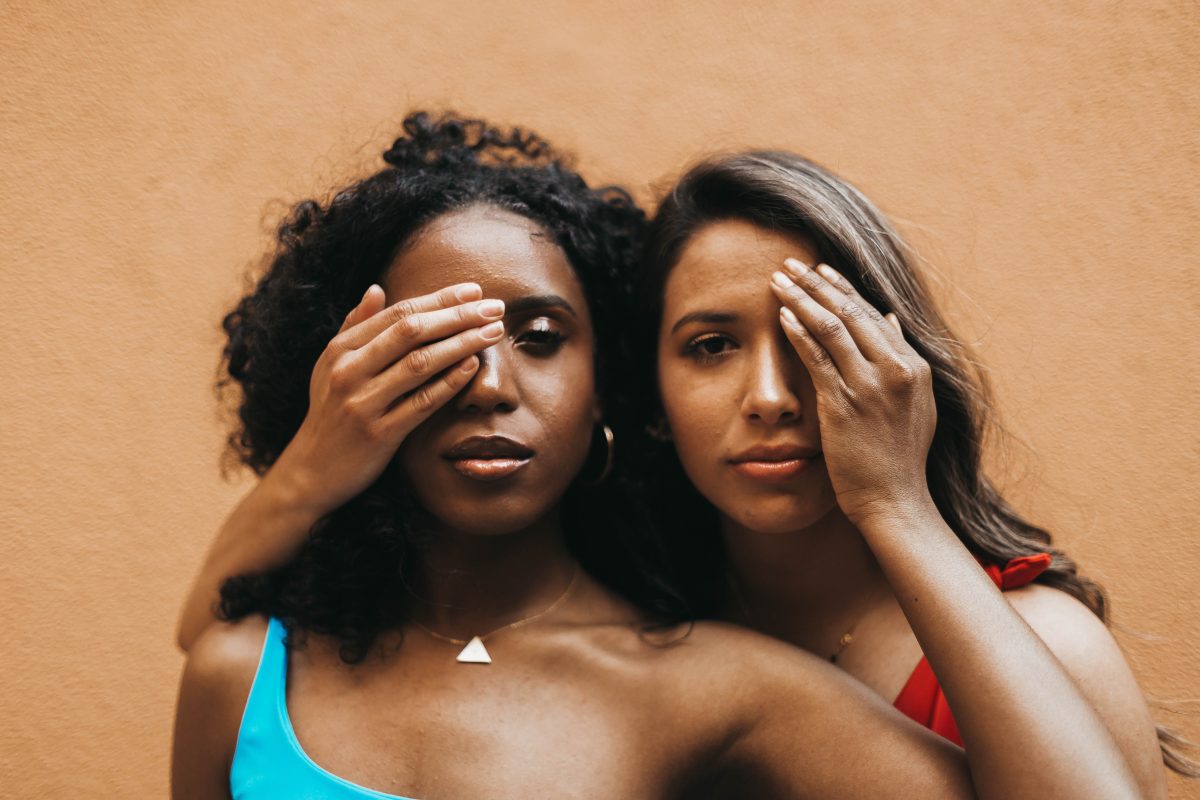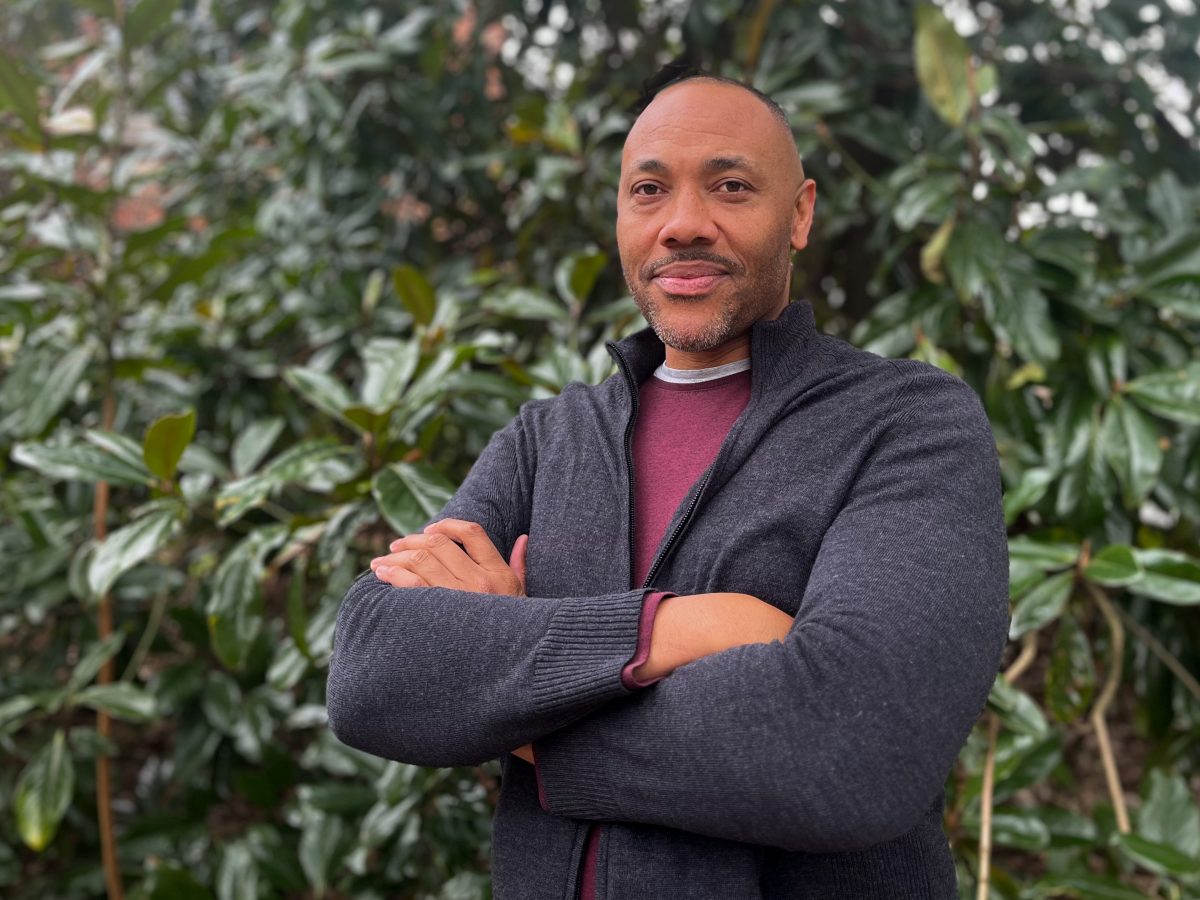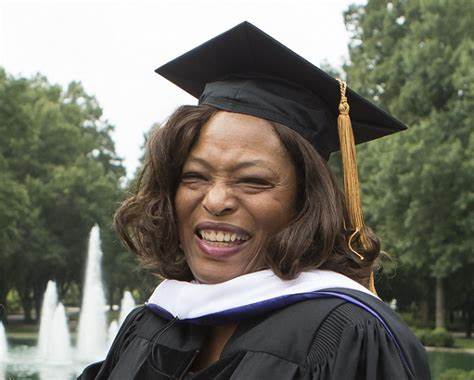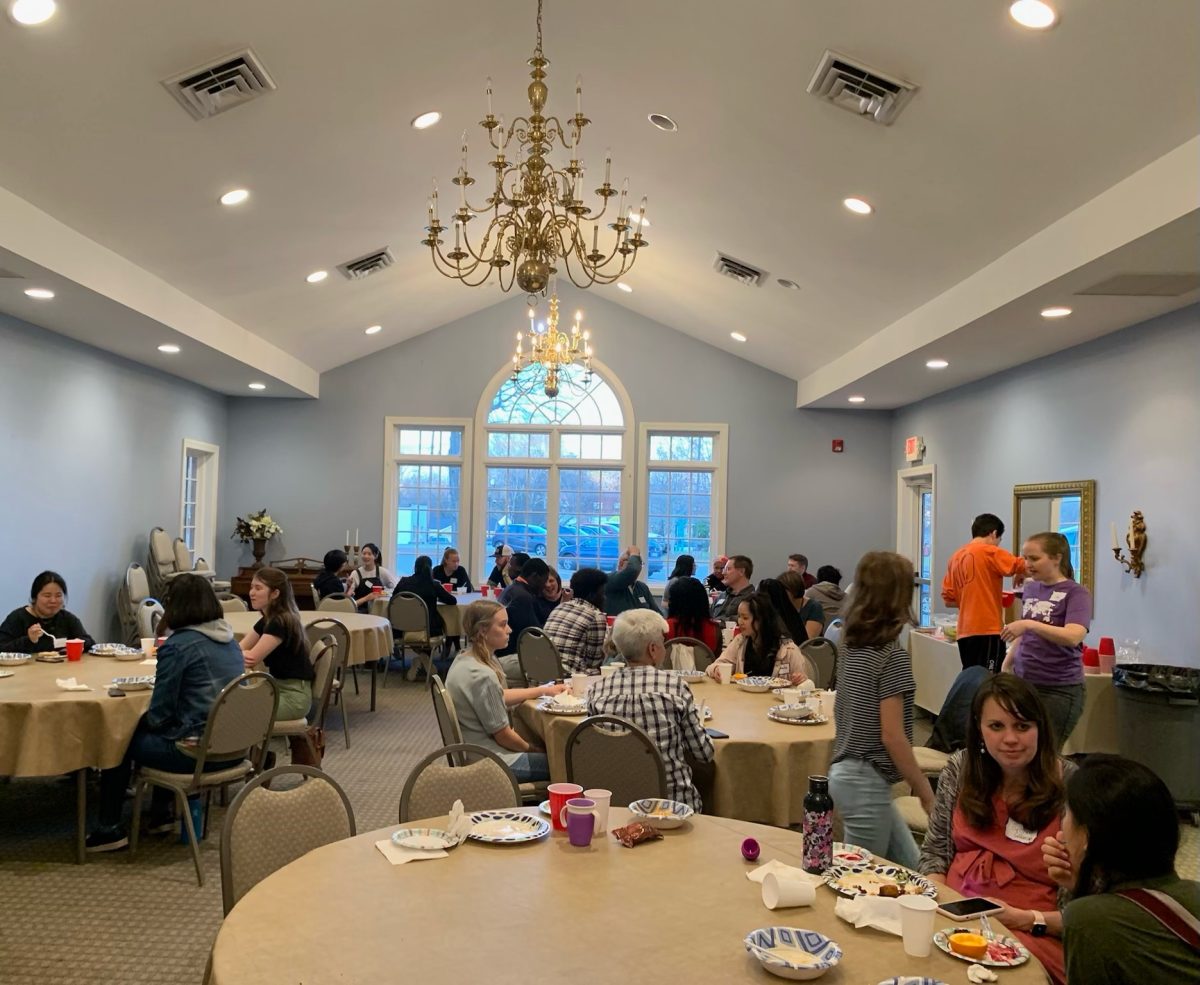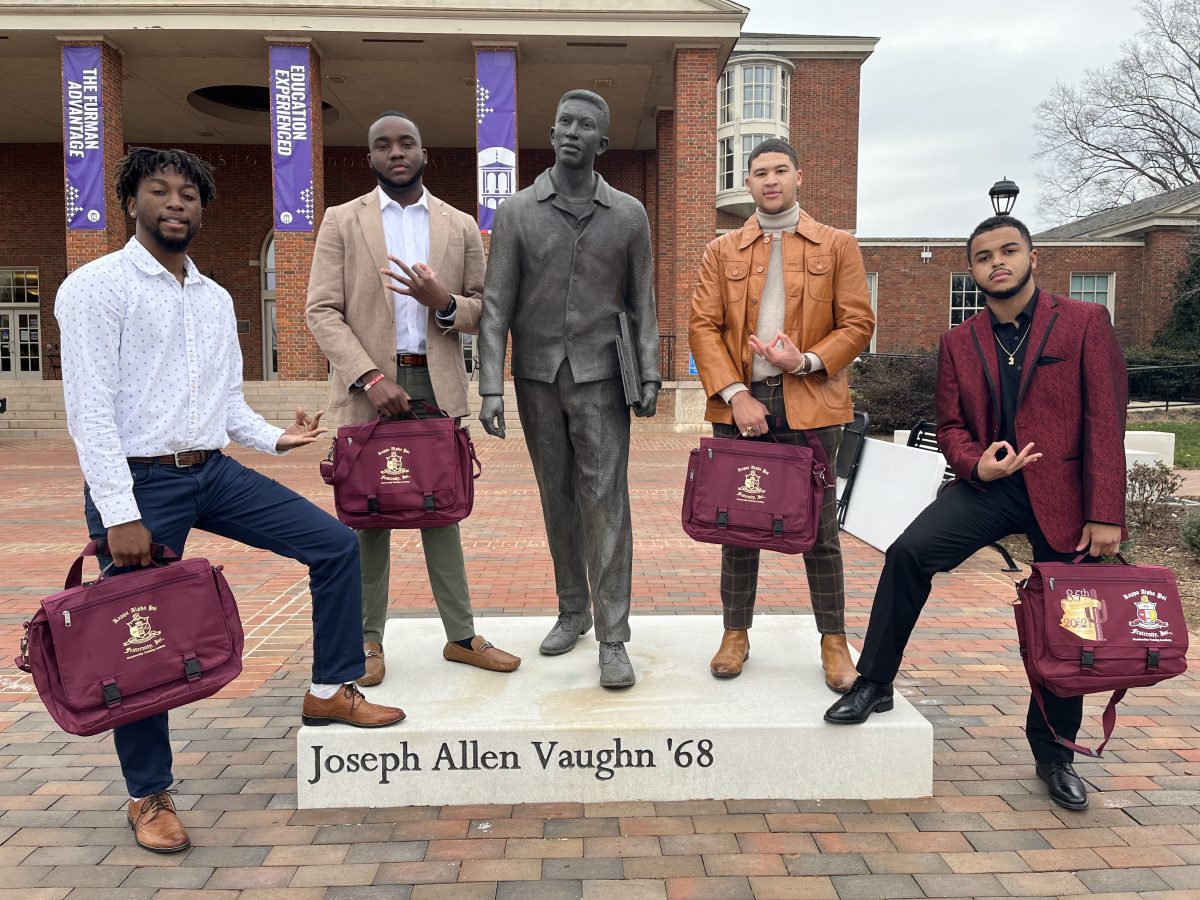As of Fall 2019, 20 percent of Furman undergraduates are non-white. While these students make up only a fifth of the Furman population, in terms of diversity this is an improvement from demographics in the past. In fact, the percentage of non-white students in the freshman class of 2024 has risen to 22 percent. Despite the increased number of individuals in the minority community, there is a group of students that many don’t consider – those who are diverse but don’t appear to be. For these students, navigating their identity on campus can be difficult because others don’t know that they are non-white or multiracial unless they vocalize it. This can leave them in a state of limbo and on a difficult quest toward self-discovery.
Invisible diversity refers to the differences or diversity that you cannot see by just looking at someone. This includes race, ethnicity, sexual orientation, socioeconomic status, religion and disability. Invisibly diverse individuals exhibit these aspects of diversity, but they are not necessarily reflected in their outward appearance. This is what makes invisible diversity so hard to gauge and empathize with.
In Furman’s quest to increase diversity and inclusion on campus holistically, clubs and organizations have also made a conscious effort to recruit students of heterogeneous backgrounds. While the effort to embrace a greater number of unique and inclusive perspectives is phenomenal, the interview process behind it may leave certain invisibly diverse students feeling guilty or uneasy. For these students, including myself, having to blatantly vocalize their ethnicity in order for others to acknowledge that they contribute to diversity can be very uncomfortable. How do these conversations get started in interviews for example? Do you just come out and say it or do they ask? But why would they ask? These questions often run through the invisibly diverse individual’s mind.
Personally, I struggled with feeling like I may be exercising the privilege of being able to choose to be diverse where it would benefit my situation without experiencing the hardships that visibly non-white and multiracial individuals face. For instance, I have found that in situations where I don’t deliberately work in my ethnicity in the interview process, I don’t make it into the club or organization I was interviewing for. This is a very fine line on which to balance. Morally, it is difficult to decide when to use privilege and when not to.
How can invisibly diverse students demonstrate their unique perspectives without feeling like they are wearing their diversity like a removable patch?
The interview process is where we see this the most clearly and where Furman can make the most progress in addressing this issue. Clubs and organizations should develop an interview process that unravels the assumptions made about a student based on what they look like versus what their actual experiences may be. This involves asking more questions centered around diversity and inclusion such as, what unique perspectives do you feel you would bring to this organization? What does diversity mean to you? Where and how do you experience diversity?
By developing an interview process that is more centered around these questions and others that address diversity and inclusion, invisibly diverse students can exhibit their diversity through sharing their experiences and perspectives. This prevents situations in which students have to make the deliberate and uncomfortable effort of throwing their background or ethnicity into a loosely related conversation. Taking this step can help organizations at Furman move towards an interview process that is truly inclusive for all and aids in the effort to increase multiple factors of diversity.

